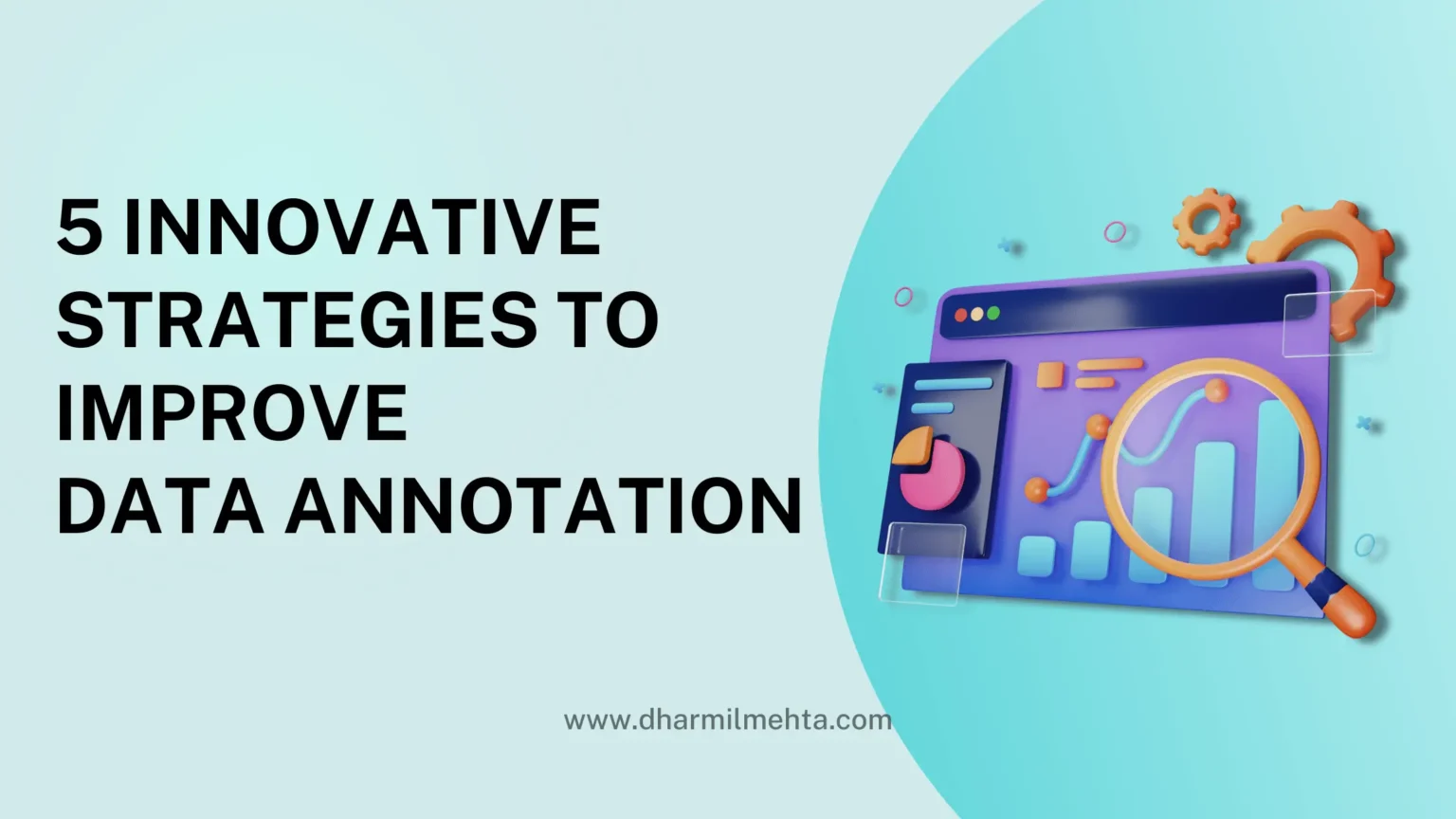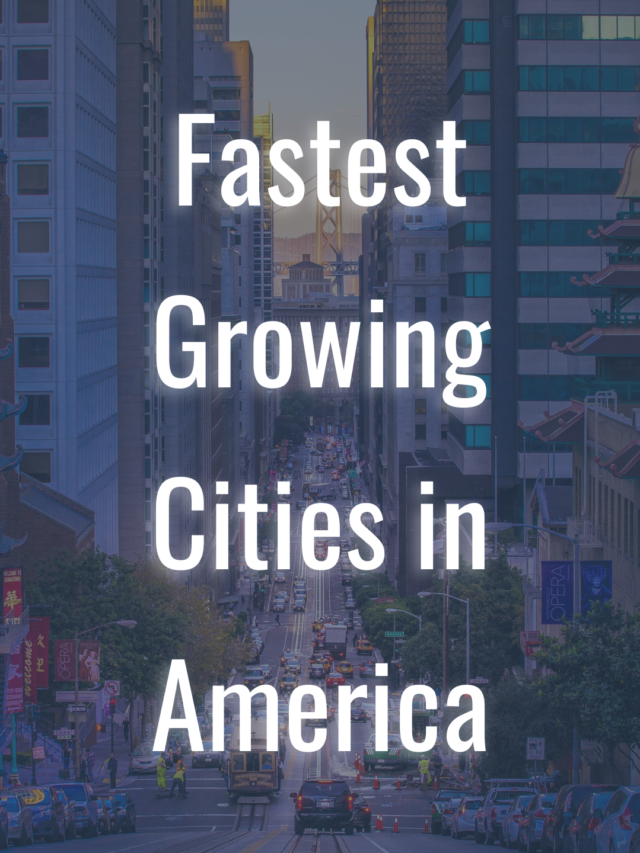In a world where data annotation is the silent backbone of every AI and machine learning project, mastering the art of accurate and efficient annotation can make or break your system’s success. But how do you elevate your process from merely functional to truly exceptional? The key lies in innovation — strategic methods that refine and accelerate your workflow, ensuring top-tier results without sacrificing time or resources.
Imagine if you could reduce the tediousness of manual tagging, improve precision, and boost efficiency with cutting-edge techniques. These are not just dreams, but tangible possibilities waiting to be unlocked. By adopting annotation tech advancements, you’re not only staying competitive but propelling your entire operation to a new level of performance.
Now, let’s dive into the core. What is data annotation, you ask? At its heart, it’s the process of labeling data for AI systems to learn and make decisions. Yet, the process itself can be cumbersome without the right tools and strategies. The challenges are real: managing volumes of data, maintaining accuracy, and ensuring scalability. But with the right strategies, you can not only improve but transform your approach to data annotation.
What if I told you that you could reduce human error, streamline repetitive tasks, and even automate parts of the annotation process? Enter the world of innovation. Imagine an ecosystem where data annotation automation engineers play a pivotal role in driving efficiency, leveraging AI to tag data faster and more accurately than ever before. These engineers are reimagining workflows, using sophisticated algorithms and automation tools to handle even the most complex datasets with ease.
Now, it’s time to take action. Whether you’re just starting or looking to enhance your current processes, adopting these five innovative strategies could be the game-changer your data operations need. Let’s explore how you can lead the charge in improving data annotation to drive superior outcomes.
1. Embrace Automation with Data Annotation Tech
One of the most significant breakthroughs in the world of data annotation is the development of automation. The repetitive, time-consuming nature of manual annotation tasks has made it a challenge for companies to scale their data labeling efforts efficiently. But with the rise of annotation tech, the landscape is changing. Automation can speed up the process, improve accuracy, and reduce human error.
Data annotation automation engineers are at the forefront of this revolution, utilizing algorithms and AI to automate large-scale data labeling. Whether you’re working with data annotations for images or text, automation tools powered by machine learning can handle tasks with a level of precision that manual labor simply can’t match. By deploying automated tools for data annotation using SQL or other advanced databases, businesses can significantly cut down the time and cost of data preparation.
Moreover, automation in data annotation also means that human annotators can focus on higher-level tasks that require more nuanced judgment, reducing the risk of fatigue and burnout. This evolution is also reflected in the growing demand for data annotation jobs, especially in the remote sphere. Data annotation remote jobs are an excellent option for professionals looking to work from home, with the added benefit of leveraging automation for enhanced productivity.
2. Integrate Collaborative Platforms for Annotation Efficiency
Another innovative strategy to improve data annotation is the use of collaborative platforms. These platforms not only streamline the workflow but also ensure greater accuracy through collective intelligence. Annotators from around the world can work together on the same datasets, ensuring diversity and reducing the risk of bias in the data labeling process.
Platforms like data annotation tech reviews and tech Reddit communities are excellent resources to find tools that allow for collaboration. These tools often come with built-in version control, so all annotators can see updates in real-time, preventing duplicate efforts and improving the speed of annotation.
Collaborative annotation platforms can also allow for the integration of crowd-sourced data annotation. Services such as Amazon Mechanical Turk have made it possible for companies to outsource annotation tasks to a wide pool of workers, significantly expanding the labor pool and accelerating data labeling. However, it’s essential to ensure that workers are properly vetted to maintain data quality. Data annotation jobs via crowdsourcing have gained popularity, and many workers now engage in data annotation jobs remote for flexibility and convenience.
Read More: Digital Real Estate: 8 Essential Tips for Beginners
3. Harness the Power of AI-Assisted Annotation
AI-assisted annotation is an evolving frontier that combines human intelligence with machine learning to improve the efficiency and accuracy of data labeling. AI models can be trained to automatically suggest labels, which human annotators can then review and fine-tune. This hybrid approach ensures that the system learns from the human feedback, becoming more accurate over time.
When it comes to what is data annotation in this context, AI-assisted tools act as intelligent assistants that speed up the labeling process. AI can provide initial labels for datasets, which can then be corrected or validated by human annotators. This ensures a much faster turnaround while maintaining high-quality annotations.
In the world of data tech, AI-assisted systems are often used in tandem with manual annotation to reduce workload and eliminate tedious repetitive tasks. Many data annotators now rely on AI-assisted tools to enhance their productivity. These systems are also vital in industries where vast amounts of unstructured data need to be processed, such as healthcare, automotive, and retail.
As annotation tech continues to evolve, it’s becoming increasingly crucial for businesses to adopt AI-driven solutions to stay competitive. Whether it’s text or image recognition, AI can be trained to recognize patterns and make predictions based on previous labeling work, making it an indispensable tool for any organization working with large datasets.
4. Optimize Quality Control with Advanced Validation Tools
While speed and efficiency are essential in the world of data annotation, accuracy should never be compromised. To ensure that annotations are consistent and reliable, advanced quality control tools must be integrated into the workflow. These tools track and audit the accuracy of data labels, identifying discrepancies, and improving overall data integrity.
The use of annotation tech answer keys and validation algorithms helps catch errors early in the process. Tools can also flag potential inconsistencies in the dataset, such as incorrect labels or ambiguous data points that could confuse machine learning models. This proactive approach to quality control minimizes the need for rework and prevents costly mistakes that could compromise the performance of the final AI model.
Additionally, advanced quality control measures involve data annotation reviews, where annotators check each other’s work for accuracy. In some cases, companies may use a double-check system where two or more annotators label the same dataset, ensuring that any discrepancies are caught and corrected. Data annotation assignment Reddit PDF resources often include practical examples of how these validation measures can be implemented effectively.
Quality control tools can also be automated to some extent. For example, certain software solutions automatically identify areas of the dataset that require more attention, guiding annotators to focus on specific areas where errors are more likely to occur.
5. Leverage Open-Source Solutions for Flexibility and Customization
The open-source software movement has had a profound impact on many industries, and data annotation is no exception. Open-source platforms offer great flexibility, allowing organizations to customize tools according to their specific needs without the restrictions of proprietary software. Whether you’re annotating text, images, or video, open-source tools can be adapted to suit your workflow, making them a popular choice for many organizations.
Data annotation tech reviews often highlight the advantages of open-source software in the realm of data labeling. Tools like data annotation.tech provide cost-effective, customizable solutions for those looking to control their data annotation processes. Open-source solutions often come with active user communities where you can discuss challenges, share ideas, and even contribute to the development of the software. Data annotation Reddit communities often discuss open-source solutions and provide insights into the best practices for using them.
One of the primary advantages of open-source tools is the ability to adapt the software for specialized use cases. For instance, some platforms allow for the integration of data annotation using SQL, giving organizations the flexibility to work with structured datasets stored in relational databases. This adaptability is especially beneficial for companies working with complex datasets that require specific annotation workflows or integration with other systems.
Read More: 10 Amazing Online Jobs for Teens to Gain Experience
Staying Ahead in the Evolving World of Data Annotation
As the demand for high-quality data increases, the need for efficient, accurate, and scalable data annotation strategies becomes more critical. By embracing innovative methods such as automation, collaborative platforms, AI-assisted annotation, advanced quality control, and open-source solutions, businesses can dramatically improve their data annotation processes. These strategies not only ensure faster, more accurate annotations but also allow organizations to scale their efforts to meet the ever-growing demand for labeled data.
With the increasing availability of data annotation jobs and data annotation remote jobs, the future is looking bright for those interested in joining the field. Whether you’re a data annotator, a data annotation automation engineer, or someone exploring data annotation jobs work from home, these innovations are key to building a sustainable and efficient data labeling system. As data annotation tech continues to evolve, staying informed about these advancements will be crucial to ensuring that your data annotation efforts are both efficient and cutting-edge.
In conclusion, data annotation is the linchpin that supports the growth of AI and machine learning technologies. By adopting these innovative strategies, companies can not only improve the quality of their data annotations but also reduce costs and increase productivity. The future of data annotation is bright, and it’s time for businesses to leverage these powerful strategies to stay competitive in an increasingly data-driven world.










